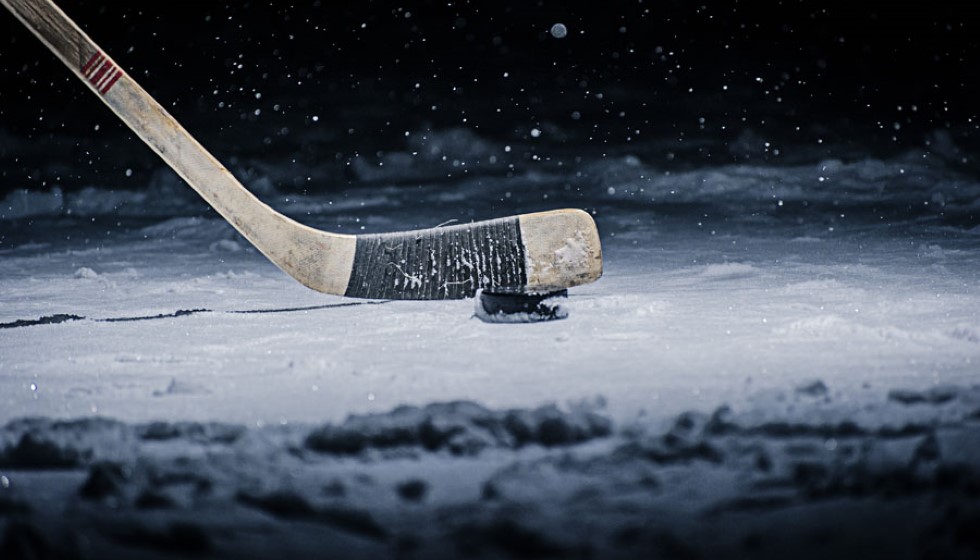
The NHL's Early Season Injury Woes: A Deep Dive
The 2024-25 NHL season is off to an intense start, but for many teams, the opening months have been marred by significant injuries. From key players sidelined in Minnesota to strategic shifts in Colorado, injury reports are increasingly dictating the pace and strategy for several franchises.
Minnesota Wild's Injury Challenges
The Minnesota Wild have found themselves in a precarious situation early in the season with substantial injury setbacks, especially on their blue line. The absence of reliable defenseman Jared Spurgeon, who was injured during a New Year's Eve clash against Nashville, is particularly troubling. Spurgeon's extended period on the sidelines leaves a notable gap in the Wild's defensive setup, weakening their resistance against offensively strong opponents.
Adding to Minnesota’s defensive woes, Brock Faber suffered an upper-body injury in a game against the St. Louis Blues on January 7. With Faber categorized as day-to-day, the Wild's coaching staff and fans alike find themselves anxiously awaiting updates on his return. These compounding issues have forced the team to dig deeper into their roster, testing the depth and resilience of their blue line in the hopes of maintaining competitive form.
Offensively, the Wild are also grappling with the absence of star forward Kirill Kaprizov, who has been on injured reserve since December 23. While there are glimmers of hope as Kaprizov resumes skating, his clearance for game action remains pending. His return would undoubtedly bolster Minnesota’s attack, providing the offensive spark they urgently need.
League-Wide Cautionary Tales
Across the league, the injury bug has bitten several other teams, altering their early season trajectories. The Boston Bruins continue without Hampus Lindholm, whose presence would be vital for anchoring their defense. On injured reserve with a lower-body injury, Lindholm’s several-week absence further stresses the Bruins’ defensive tactics.
In Anaheim, the Ducks are navigating the season minus Trevor Zegras, who is sidelined with a lower-body injury. Meanwhile, in Colorado, the Avalanche face a dual dilemma. Gabriel Landeskog is coping with a knee injury, while Jonathan Drouin manages week-to-week recovery from an upper-body injury. These high-caliber players’ absence inevitably impacts the team’s performance and morale.
The Dallas Stars are operating without Tyler Seguin, who is in recovery following hip surgery. Seguin, a crucial offensive asset, may find himself away from the ice for up to six months, leaving the Stars to recalibrate their attacking strategies without one of their key players.
On a slightly more optimistic note, Evander Kane of the Edmonton Oilers sets his sights on a February 2025 return. His ongoing recovery from hip and hernia surgeries is watched closely, with fans and teammates eager to see his impact reinvigorated.
Setbacks and Prospects
The landscape of the NHL is usually uncertain, but current injury trends suggest adjustments are mandatory for many teams longing for long-term success. Torey Krug’s scenario at the St. Louis Blues further escalates the caution as he is sidelined until the 2025-26 season following ankle surgery. Strategic alterations are inevitable, as his absence extends over a crucial timeline for the Blues.
Elsewhere, the prolonged absence of Drew Doughty shakes up the Los Angeles Kings’ lineup, challenging them to adapt promptly. Meanwhile, Toronto is dealing with the loss of Anthony Stolarz post-knee surgery, with his potential return slated for February 2025. With such significant shifts, these teams have no choice but to find solutions within their ranks, testing the depth and development of their rosters.
For hockey enthusiasts and analysts, these injury narratives contribute to the unfolding drama of the NHL season. Observing how each team tactically maneuvers through these obstacles will be as captivating as the action on the ice. As the season progresses, resilience, adaptability, and depth are not just preferred traits—they are necessary for survival amidst the unpredictable world of professional hockey.